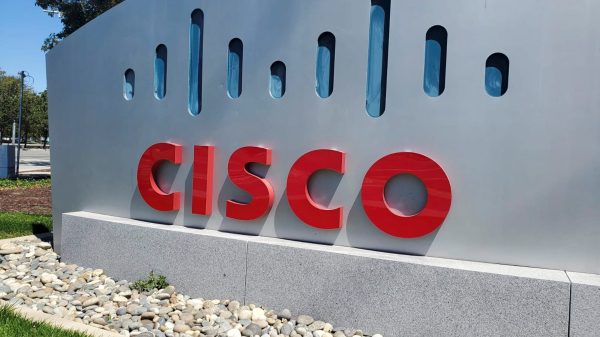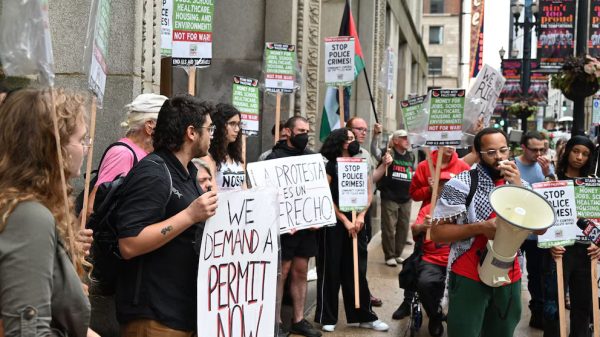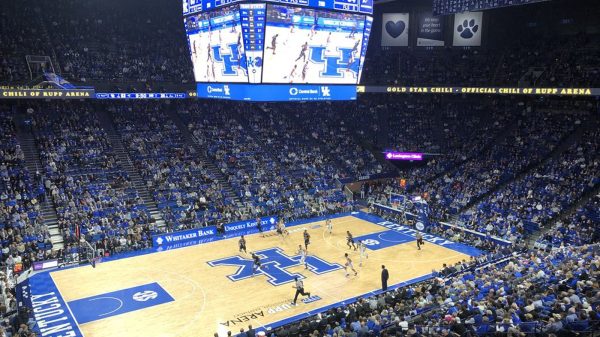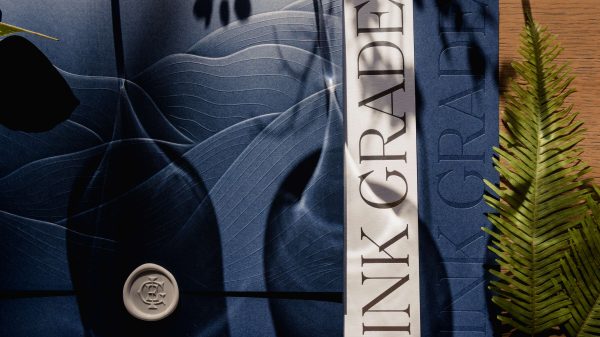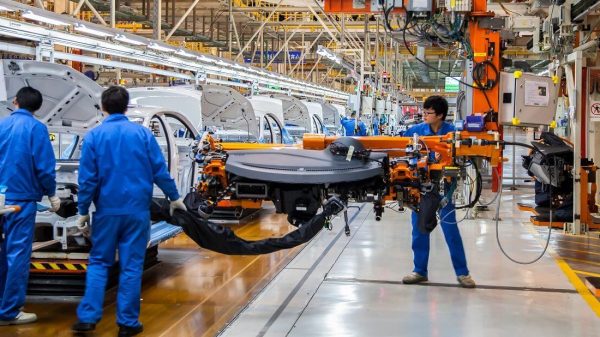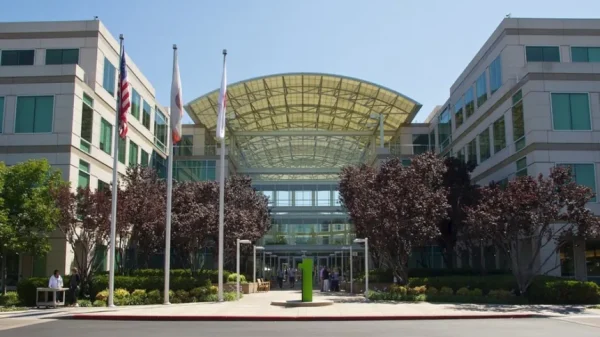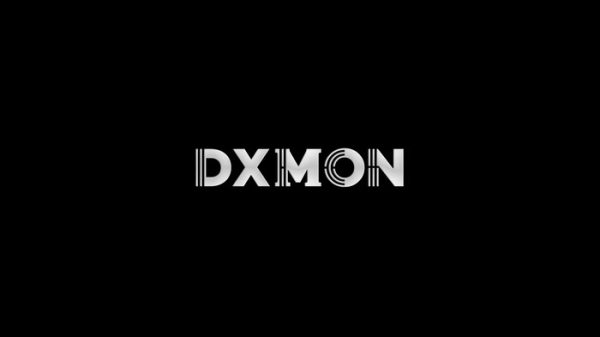The unearthed ruins in London include the Kentish limestone foundations of a grand two-story Roman basilica, a site where crucial political and legal decisions would have been made by officials.
Archaeologists have made an astonishing discovery beneath an office building in London—the remains of the city’s earliest Roman basilica.
This find has been hailed as one of the most significant archaeological discoveries in the capital in recent years.
Dating back nearly two millennia to the late 70s or early 80s AD, the basilica was an integral part of the Roman forum, which served as the administrative and social center of Londinium.
“What makes this site so important is that the Roman basilica was essentially the commercial, social, and economic heart of London,” explains Andrew Henderson-Schwartz, head of public impact at MOLA (Museum of London Archaeology), during an interview with Euronews Culture.
“It was the place where major business transactions took place, legal disputes were settled by magistrates, and crucial discussions occurred regarding decisions that shaped both Roman London and the broader Roman province of Britain.”
Archaeologists have been excavating a test pit at the site located beneath 85 Gracechurch Street.
The remains uncovered so far include remarkably well-preserved foundations of a two-story structure, comparable in size to an Olympic swimming pool.
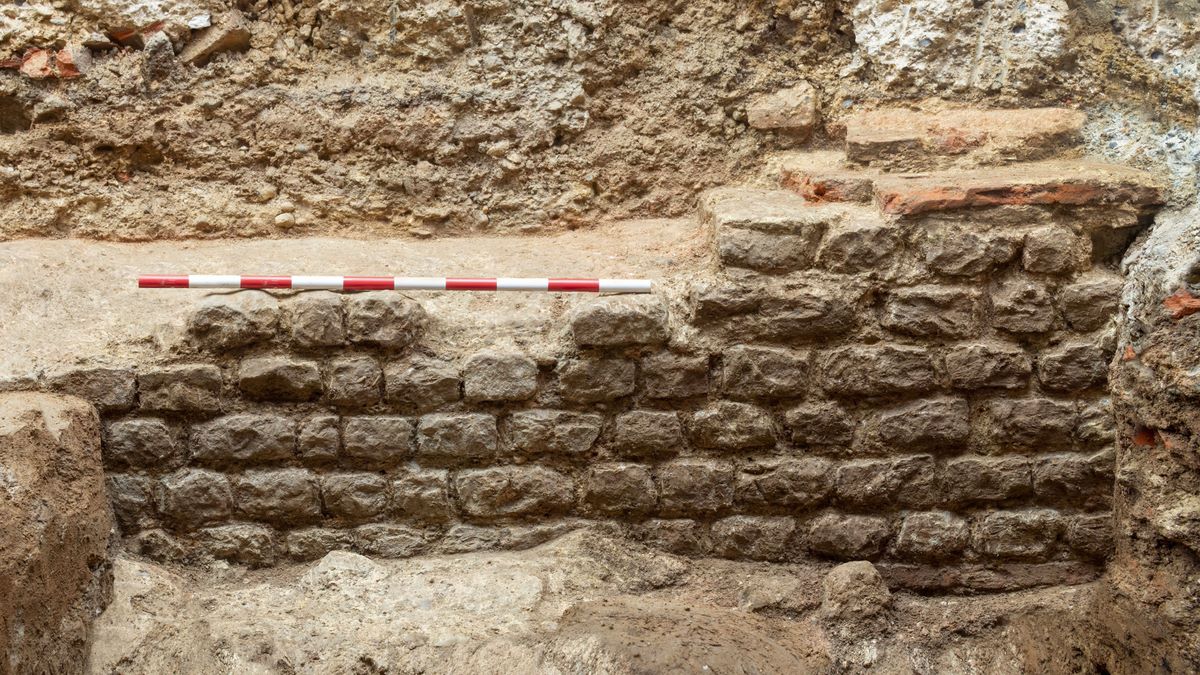
2000 Year Old Roman Basilica in London
Built between 78 and 84 A.D., the basilica was constructed just a few decades after Roman forces first invaded Britain and approximately 20 years after Londinium was razed by the forces of the Celtic warrior queen, Boudicca.
Alongside the structural remains, excavations have yielded several artefacts, including a roof tile bearing the stamp of an official from the ancient city.
An artistic representation depicting the Roman London Basilica that has been discovered.
The site is owned by Hertshten Properties, which has secured planning permission to develop a new office tower. The company has pledged to integrate the historic remains into the design of the new building and make them accessible to the public through a visitor center.
The planned exhibition will include a glass floor, enabling visitors to observe the basilica’s ancient walls beneath their feet. Additionally, the space is set to accommodate food stalls and market areas.
“I believe preserving the past is essential. London is rapidly evolving, and while it’s exciting to witness such rapid development, maintaining these tangible links to history allows us to remember our origins and feel a connection to those who came before us,” says Henderson-Schwartz.
With further excavations ahead, archaeologists aim to uncover more details about why the original forum was only in use for two decades before being replaced by a significantly larger one, which continued to serve the city until the fall of Roman rule nearly 300 years later.




